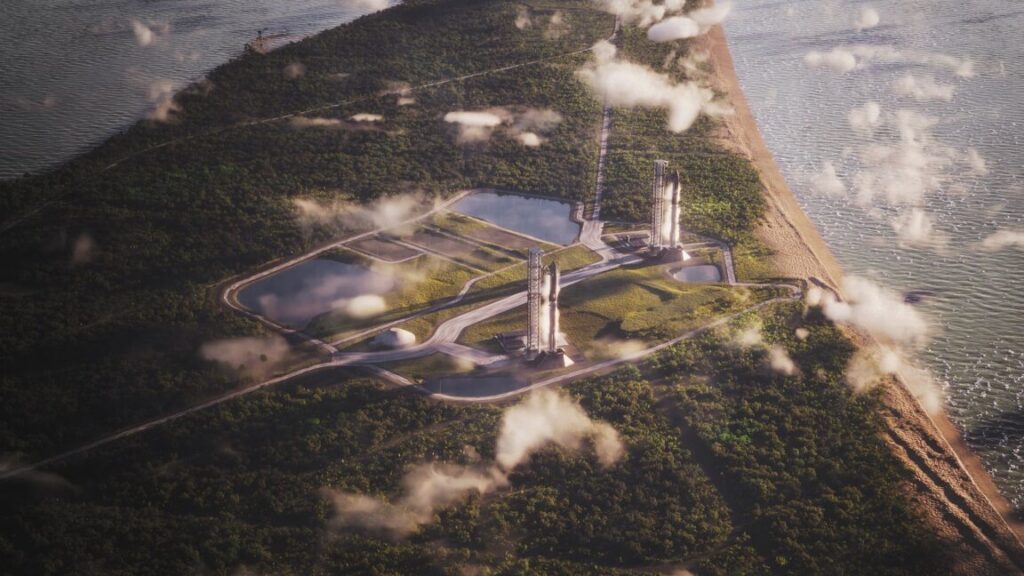“That is ongoing currently,” Chatman said. “[We are] working in close partnership with SpaceX and Blue Origin on the LOX/methane combination and the explicit equivalency to identify how much we can … reduce that blast radius. Those discussions are happening, have been happening the last couple years, and are looking to culminate here in ’26.
“Until we get that data from the testing that is ongoing and the analysis that needs to occur, we’re going to continue to treat any LOX-methane vehicle with 100 percent TNT blast equivalency, and have a maximized keep-out zone, simply from a public safety perspective,” Chatman said.
The data so far show promising results. “We do expect that BDA to shrink,” he said. “We expect that to shrink based on some of the initial testing that has been done and the initial data reviews that have been done.”
That’s imperative, not just for Starship’s neighbors at the Cape Canaveral spaceport, but for SpaceX itself. The company forecasts a future in which it will launch Starships more often than the Falcon 9, requiring near-continuous operations at multiple launch pads.
Chatman mentioned one future scenario in which SpaceX might want to launch Starships in close proximity to one another from neighboring pads.
“At that point in the future, I do anticipate the blast damage assessments to shrink down based on the testing that will have been accomplished and dataset will have been reviewed, [and] that we’ll be in a comfortable set to be able to facilitate all launch operations. But until we have that data, until I’m comfortable with what that data shows, with regards to reducing the BDA, keep-out zone, we’re going to continue with the 100 percent TNT equivalency just from a public safety perspective.”
SpaceX has performed explosive LOX/methane tests, including the one seen here, at its development facility in McGregor, Texas.
Credit:
SpaceX
The Commercial Space Federation, a lobbying group, submitted written testimony to Congress in 2023 arguing the government should be using “existing industry data” to inform its understanding of the explosive potential methane and liquid oxygen. That data, the federation said, suggests the government should set its TNT blast equivalency to no greater than 25 percent, a change that would greatly reduce the size of keep-out zones around launch pads. The organization’s members include prominent methane users SpaceX, Blue Origin, Relativity Space, and Stoke Space, all of which have launch sites at Cape Canaveral.
The government’s methalox testing plans were expected to cost at least $80 million, according to the Commercial Space Federation.
The concern among engineers is that liquid oxygen and methane are highly miscible, meaning they mix together easily, raising the risk of a “condensed phase detonation” with “significantly higher overpressures” than rockets with liquid hydrogen or kerosene fuels. Small-scale mixtures of liquid oxygen and liquified natural gas have “shown a broad detonable range with yields greater than that of TNT,” NASA wrote in 2023.

